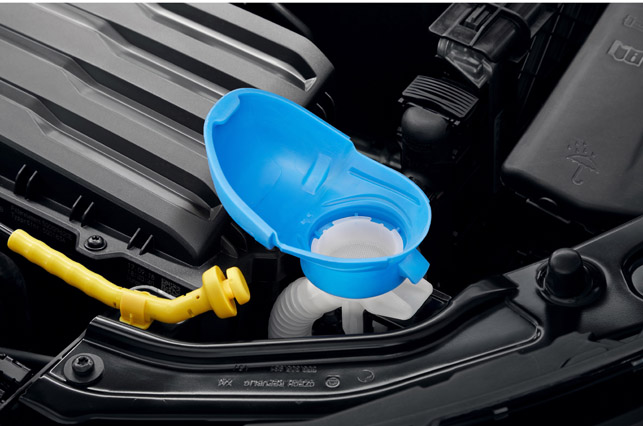After spending a good chunk of March writing about algorithmically driven design solutions, Al Dean gets a press release from Škoda that reminds him that human-centered design will always need… humans

This time of year is always a good one for those in the media/press/whatever we’re called these days – particularly if you keep a watchful eye on how automotive styling trends shift with each year.
While it’s a cliche that all designers and engineers love cars, from my own perspective, I care less about performance and brake horsepower than I do about how these things look and how each year the details change across a whole industry.
I recall writing about my love of grille pattern trends a while back, so this new blasphemy should come as no surprise to long-time readers.
Either way, when the car shows come around each year, it’s fun to see who’s doing what, how and where. One of the most recent events was the Geneva Car show – always a good one for the higher end of the market, even if, this year, the Honda E Prototype stole the show from the McLarens and Bugattis.
As a result, I tend to pay attention to automotive-related press releases more closely than usual at this time of year and, in the last few weeks, a fascinating one popped into my email inbox from Škoda.
It happened to arrive while I was writing the big software reviews for this month, which look at generative design capabilities in both Autodesk’s Fusion 360 and PTC’s Creo 6, respectively.
Both of these systems (albeit with very different approaches) are introducing tools that allow us to define the requirements of a design or an engineered form and then have the computational devices we have at hand perform most of the donkey work for us.
Give it a number of load cases and out pops the answer – magic! We’ve talked recently about how there’s very little actual AI involved in these things; rather it’s iterative optimisation runs that bring you the answer.
But even if there was an AI agent sat at the back of our computer cabinet (I know it’s not a real thing), the chances are that it’s not going to do anything particularly clever.
Which brings me back to my delight at receiving a press release from the Czech Republic’s most famous carmaker.
You see, some bright spark there has developed an integrated funnel in the windscreen washer tank lid. No more cutting the bottom half off a bottle of water (we all use reusable containers now, don’t we?). No more trying to lean over and carefully tip five litres of strangely coloured ethanol into a one-inch opening.
Pop the cap, ready to pour. Although Škoda describes this as “simply clever”, when you look at the part itself, it’s a lovely piece of engineering in a single-piece moulding of a flexible material.
And that’s when it struck me. We might be entering into the age of AI-assisted design, but artificial intelligence isn’t going to help identify the solution when you’ve just pissed the best part of a gallon of screen-wash fluid all over your best trainers. That bit is always going to need the human touch.






